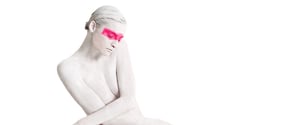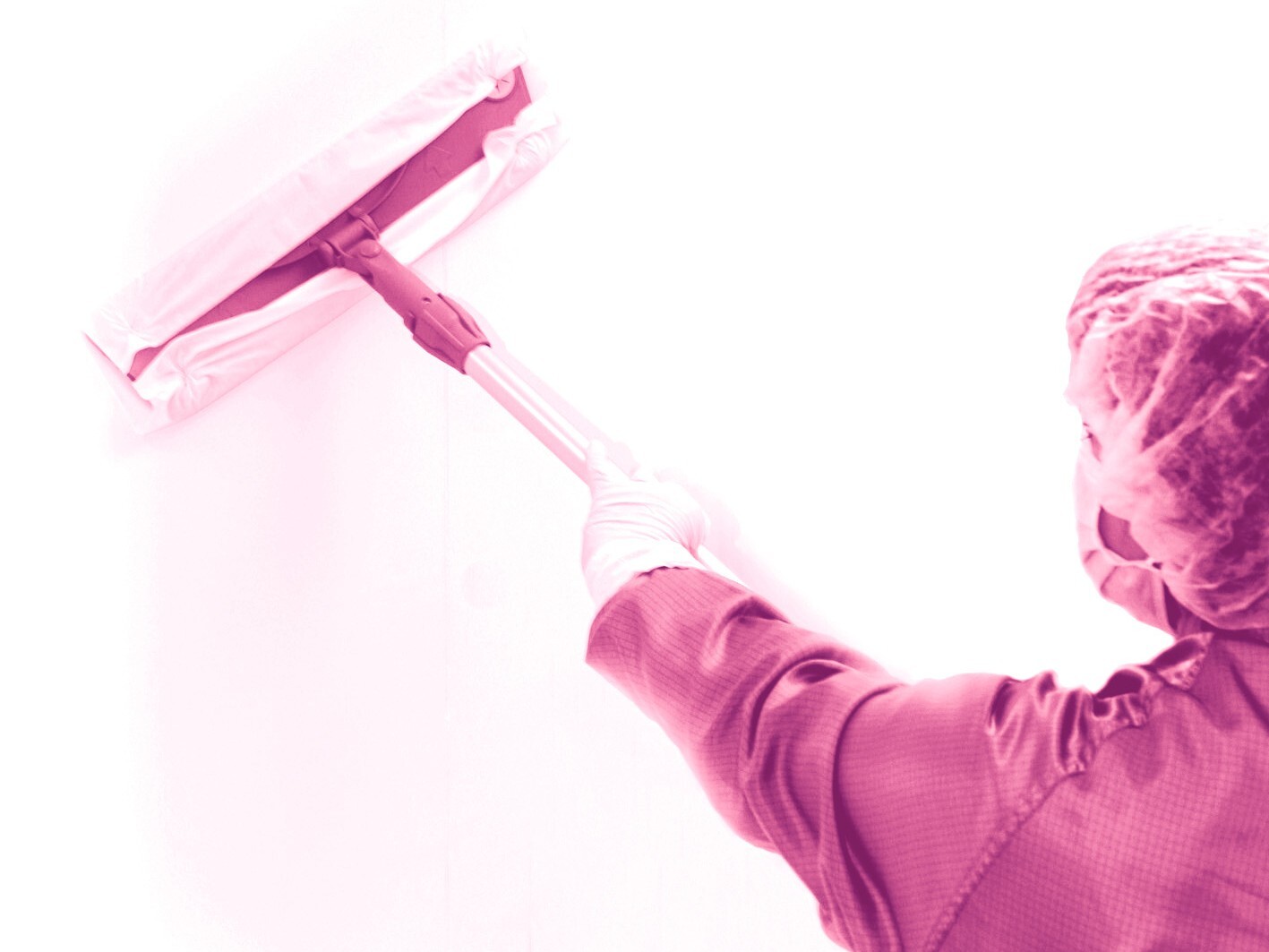
Cleanroom Goggles
A guide to selection
By Gordon Farquharson
This paper provides information about Cleanroom Goggles. It reviews the applicable regulatory requirements and technical standards, and suggests a routemap or checklist to help with a logical selection process.

Cleanroom Personal Protective Equipment (PPE) is unique in the world of PPE, because it has two fundamentally different objectives:
- Safety protection of the wearer
- Protection of the process or product from contamination disseminated by the wearer
.
The most demanding cleanroom application is in aseptic processing in the pharmaceutical and life-sciences sector. The manufacturing of sterile products is regulated by Good Manufacturing Practice guidance (GMP), which are produced by agencies such as the European Medicines Agency (EMA), the US Food and Drug Administration (US FDA) and the World Health Organisation (WHO). It is important to realise that the GMPs are implicit, leaving much to the designer, supplier and user in terms of detail design, execution and correct use.
Aseptic processing rooms are defined as Grade B areas in the EU, PIC-S, and WHO GMPs. For this GMP grade, cleanroom standard EN ISO 14644-1:2015 defines the cleanliness level for total airborne particles as ISO Class 5. A level of microbial cleanliness is also specified in terms of colony forming units (cfu). Since the main source of microbial contamination in a cleanroom comes from people, it is essential to recognize that the contamination control performance of the room is closely linked to the integrity of the complete gowning/garment system. The cleanroom suit must be integrated with the hood, gloves, foot coverings and goggles to cover every part of the person to ensure an effective barrier.
Roles and responsibilities
Your goggle supplier should take responsibility for designing and supplying a product that meets your safety and contamination control objectives. The safety attributes are mandated in regulations and addressed technically in standard specifications.
The contamination control requirements are unambiguous for sterilisation of the device, but the contamination dissemination effectiveness can only be assessed indirectly. The user will have the final responsibility of confirming the contamination control performance of the complete garment system by monitoring the occupied cleanroom for particle and microbial cleanliness.

Goggle procurement check-list
A. Supplier qualificationIdentify a reliable, responsible, and knowledgeable supplier who knows the products and can help you through the procurement process, ensuring you only purchase well-designed fully compliant goggles/products. You have to be compliant and the right PPE is part of it. Would you use products that are not approved and put your employees at risk? B. Define the functional requirements of the gogglesIn the context of the complete garment system, including impact of any donning and removal procedure. C. Safety protection requirements (defining the hazards)
Note: Some safety goggle are specified for protection against welding sparks and exposure to gases. Such hazards aren’t normally found in cleanrooms D. Goggles life-cycle/useMicrobial control status
Goggle change policy
Goggle processing (single-use and reusable goggles are available in the market)
|
|
E. Durability
F. Comfort
G. GMP check-list
|
Conclusion
In conclusion, the selection of cleanroom goggles requires carefull consideration of safety and contamination control objectives. Cleanroom goggles protect both the wearer and the process or product from potential contamination. By collaborating with a reliable supplier and using the procurement checklist, you can navigate the selection process effectively, addressing aspects such as functional and safety protection requirements, lifecycle and durability considerations, comfort features, and GMP compliance.
Ultimately, the success of the cleanroom goggle selection process relies on prioritizing safety, cleanliness, and compliance with established regulations and standards. By addressing these factors holistically, organizations can create an effective barrier against contamination while ensuring the safety and comfort of their personnel in the cleanroom environment.
References
- August 2023
EudraLex: The Rules Governing Medicinal Products in the European Union, Volume 4 EU Guidelines to Good Manufacturing Practice Medicinal Products for Human and Veterinary Use
Annex 1: Manufacture of Sterile Medicinal Products (corrected version)
The requirement to use Cleanroom Goggles is being driven by the GMP Annex 1, which states that: ".... a sterile face mask and sterile eye coverings (e.g. goggles) should be worn to cover and enclose all facial skin and prevent the shedding of droplets and particles...." - US FDA warning letter - goggles
2016. In 2016 a US Food and Drug Administration (US FDA) warning letter to a manufacturer of pharmaceuticals, warned that the cleaning and disinfection process for goggles used in aseptic cleanrooms could not guarantee sufficient protection to eliminate contamination. The regulatory authorities require fully documented validation studies resulting in effective and reproducible processes. - Regulation (EU) 2016/425 on personal protective equipment
Regulation of the European Parliament and of the Council of 9 March 2016 on personal protective equipment and repealing Council Directive 89/686/EEC (with effect from 21 April 2018). Now covers the whole PPE supply chain. - Regulation (EC) No 765/2008 of the European Parliament and of the Council of 9 July 2008 setting out the requirements for accreditation and market surveillance relating to the marketing of products and repealing Regulation (EEC) No 339/93.
- ANSI/ISEA Z87.1-2020 Standard (a US derived common standard)
Prescribes the design, performance specifications, and marking of safety eye and face products, including safety goggles, spectacles, faceshields, and welding helmets, worn by workers in thousands of manufacturing and processing facilities, university and research laboratories, and other occupational settings. - Medical device specification of Moist heat sterilisation
ISO 11134:1994 Sterilization of health care products — Requirements for validation and routine control — Industrial moist heat sterilization. - New cleanroom standard
ISO/WD 14644-18:2023 Cleanrooms and associated controlled environments — Part 18: Assessment of suitability of consumables.
Note: This standard is a check-list of matters to be considered. There are some supporting informative appendices providing additional guidance. It does NOT include any product technical specifications or requirements. - EN 166:2001 Requirements for protective eyewear
EN 166:2001 is the European standard covering the requirements for protective eyewear. It is closely linked to EN 167:2001 and EN 168:2001 which specify the optical and non-optical test methods. - EN 16321-1:2022 Requirements for eye and face protection for occupational use
EN 16321-1:2022 is the European standard for the general safety and performance requirements for safety glasses and eye protection used in occupational settings. - ISO 9001:2008 Quality system for manufacturing.
- ISO 14001:2015 Environmental Management.
